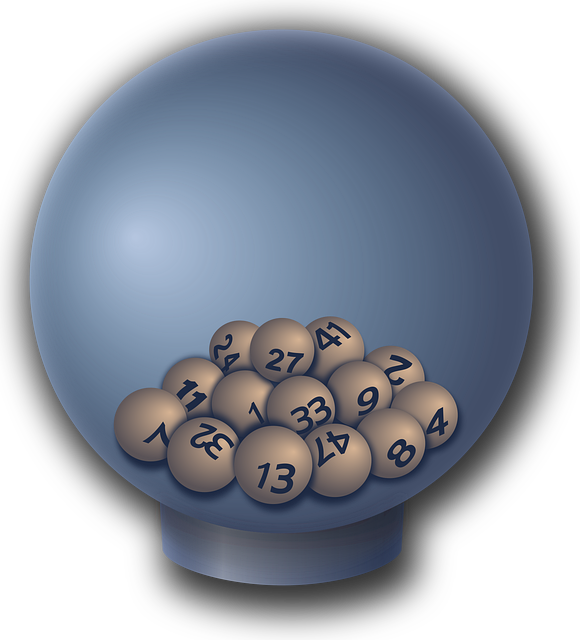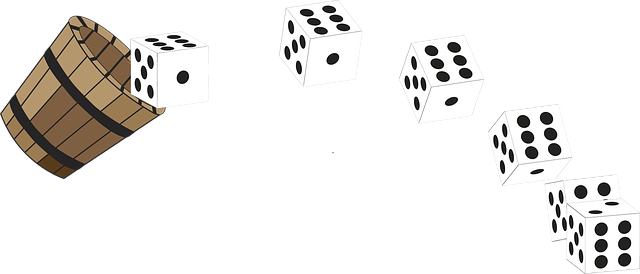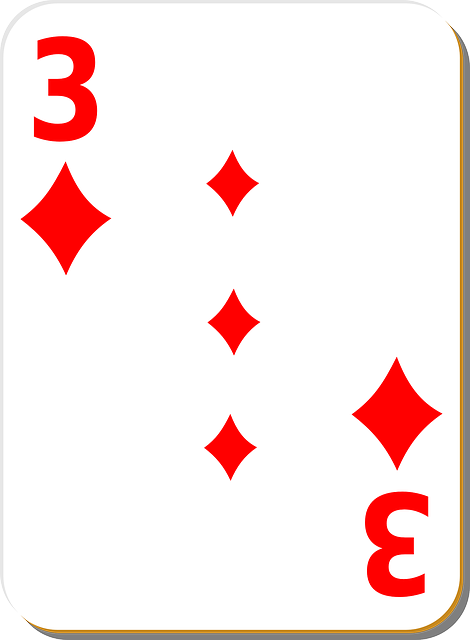Betting odds represent mathematical probability of an event expressed as gain-to-stake ratio in fractional, decimal, or American formats. They provide insights into outcome likelihood and potential payouts, empowering bettors to make informed decisions and maximize returns while managing bankroll risks.
Unravel the mystery behind betting odds! Whether you’re a novice or an experienced bettor, understanding odds is key to making informed decisions. This comprehensive guide dives into the fundamentals, offering strategies to interpret and leverage them effectively. Explore common types of betting odds, from fractional to decimal, and discover how they impact your potential wins. By the end, you’ll be equipped with the knowledge to navigate the world of sports betting with confidence.
- Understanding Basic Betting Odds Concepts
- Strategies to Interpret and Utilize Odds
- Common Types of Betting Odds Explained
Understanding Basic Betting Odds Concepts

Betting odds, a cornerstone of gambling and sports wagering, represent the mathematical expectation of a bettor’s potential gain relative to their stake. They’re essentially a gauge of how likely an event is to occur. In simple terms, if you place a bet on an event with odds of 2/1 (often expressed as 2.0), it means for every unit wagered, you stand to win two units if your prediction comes true. This basic concept forms the foundation for understanding more complex betting strategies.
At their core, betting odds convey probability in a bettable format. Odds can be displayed in fractional (e.g., 3/1), decimal (e.g., 2.50), or American (e.g., -150) formats, each offering unique insights into the potential payout and likelihood of an outcome. Grasping these odds is crucial for making informed decisions and implementing effective betting strategies.
Strategies to Interpret and Utilize Odds

Understanding betting odds is a fundamental skill in any sports enthusiast’s arsenal. Once you grasp how odds work, you can start to interpret them and make informed decisions. The key is to see odds not just as numbers, but as probabilities expressed in a specific format. Bookmakers use these odds to reflect the likelihood of an event occurring; higher odds indicate a lower chance of success, while smaller odds suggest a more probable outcome.
When utilizing betting odds, it’s beneficial to consider both the positive and negative aspects. For example, if you bet on an event with odds of 3/1 (often written as 3.0), it means that for every unit wagered, you stand to gain three units if successful. But it also signifies a 2/3 chance of losing. By understanding these nuances, you can adjust your strategy accordingly, whether it’s choosing more favorable odds or managing your bankroll to mitigate potential risks associated with higher-risk bets.
Common Types of Betting Odds Explained

Betting odds, a fundamental concept in the world of sports gambling, represent the probability of an event occurring and are expressed as either fractions, decimals, or percentages. Understanding betting odds is crucial for bettors to make informed decisions and optimize their wins. Common types include fractional odds, decimal odds, and American (moneyline) odds. Fractional odds, often seen in the UK, show the profit potential relative to the stake; for instance, 2/1 means for every £1 staked, you’ll win £2 if your bet is successful. Decimal odds, popular in continental Europe, display the potential return on investment as a decimal; e.g., 2.50 indicates winning £250 for every £100 staked. American odds, used in the US, are based on paying out the stake plus profit; a +150 bet means you’ll receive 150% of your original wager if correct.
Understanding betting odds is a game-changer for any sports enthusiast looking to maximize their potential winnings. By grasping the fundamentals, interpreting various odds formats, and employing strategic thinking, you can make more informed bets and enhance your overall gaming experience. This knowledge equips you to navigate the world of sports betting with confidence, ensuring every wager counts.






